Industrial Fiber Optics IF User manual




















This manual suits for next models
1
Table of contents
Other Industrial Fiber Optics Measuring Instrument manuals

Industrial Fiber Optics
Industrial Fiber Optics ML 801 User manual
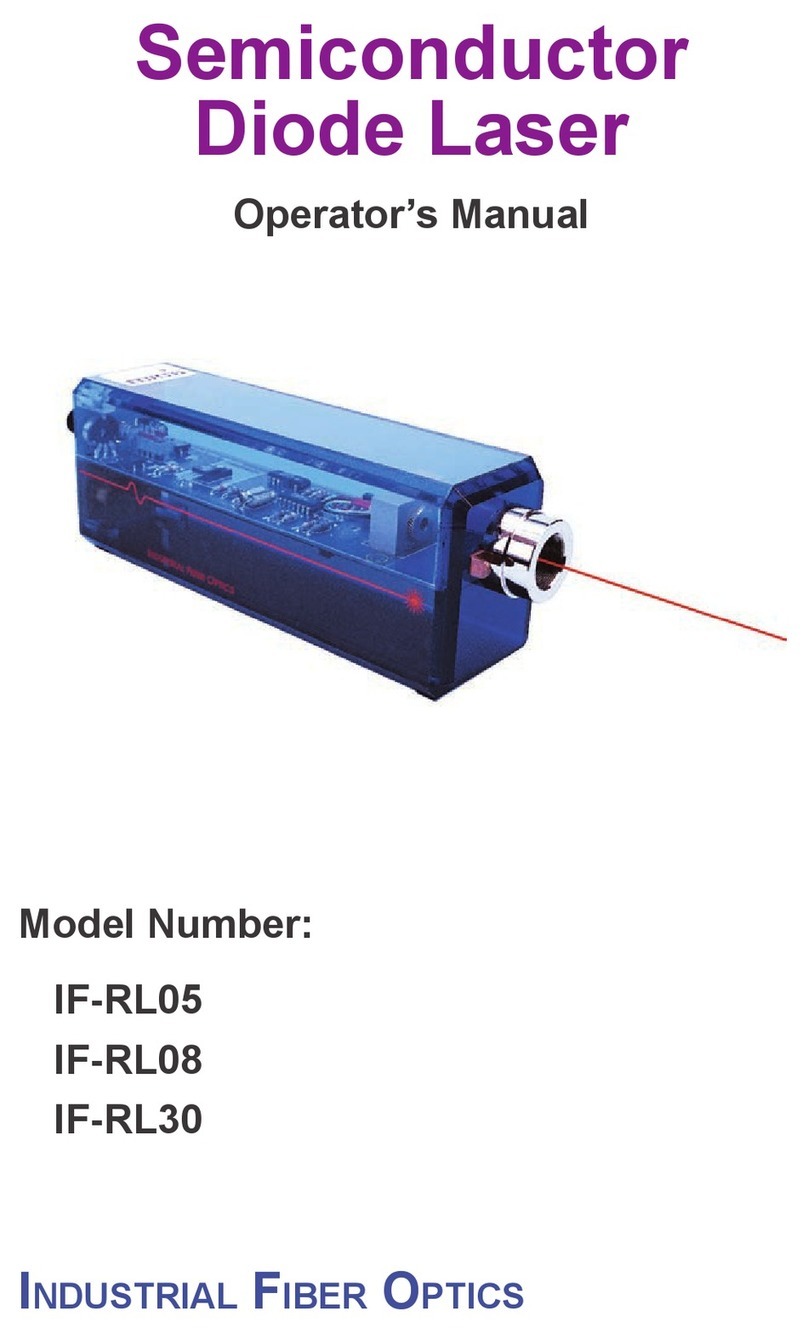
Industrial Fiber Optics
Industrial Fiber Optics IF-RL05 User manual
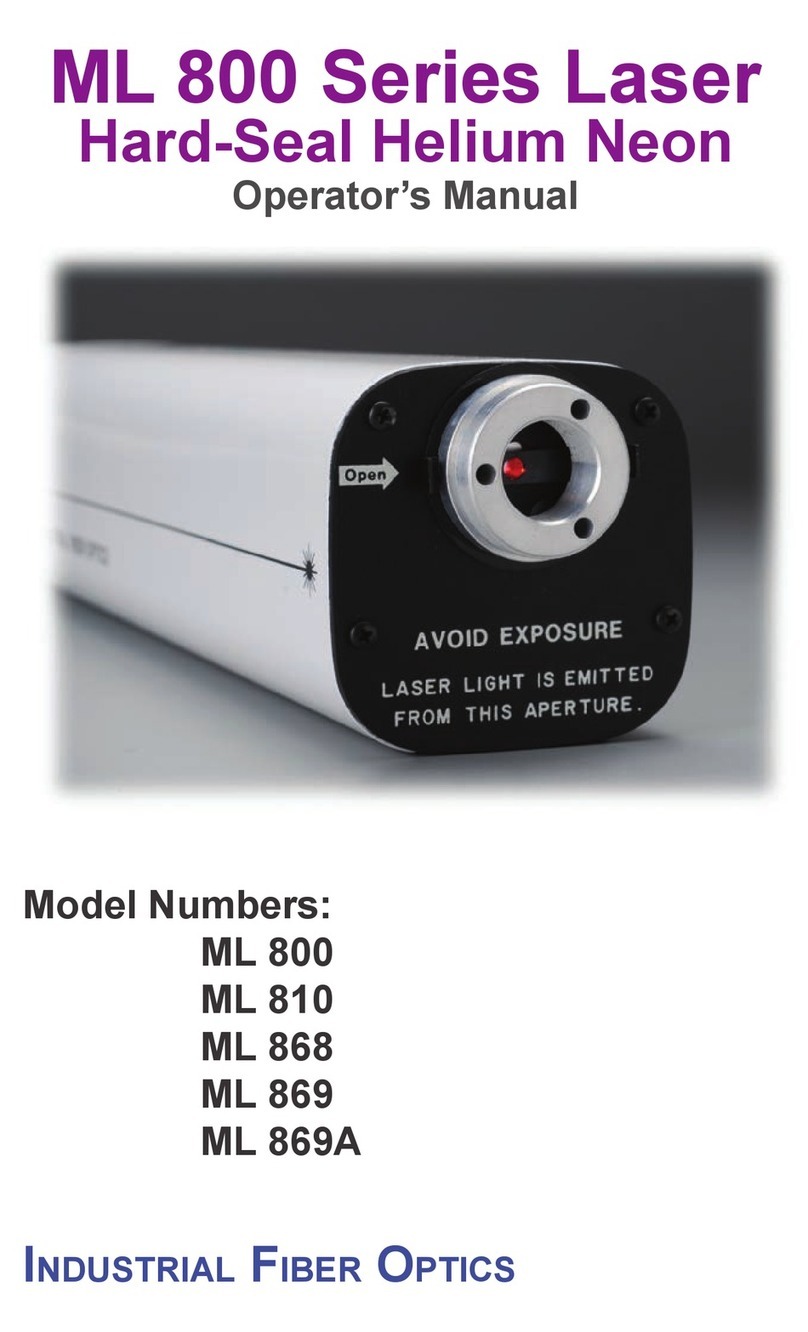
Industrial Fiber Optics
Industrial Fiber Optics ML 800 Series User manual

Industrial Fiber Optics
Industrial Fiber Optics IF 535 Manual

Industrial Fiber Optics
Industrial Fiber Optics 45-545A User manual
Popular Measuring Instrument manuals by other brands
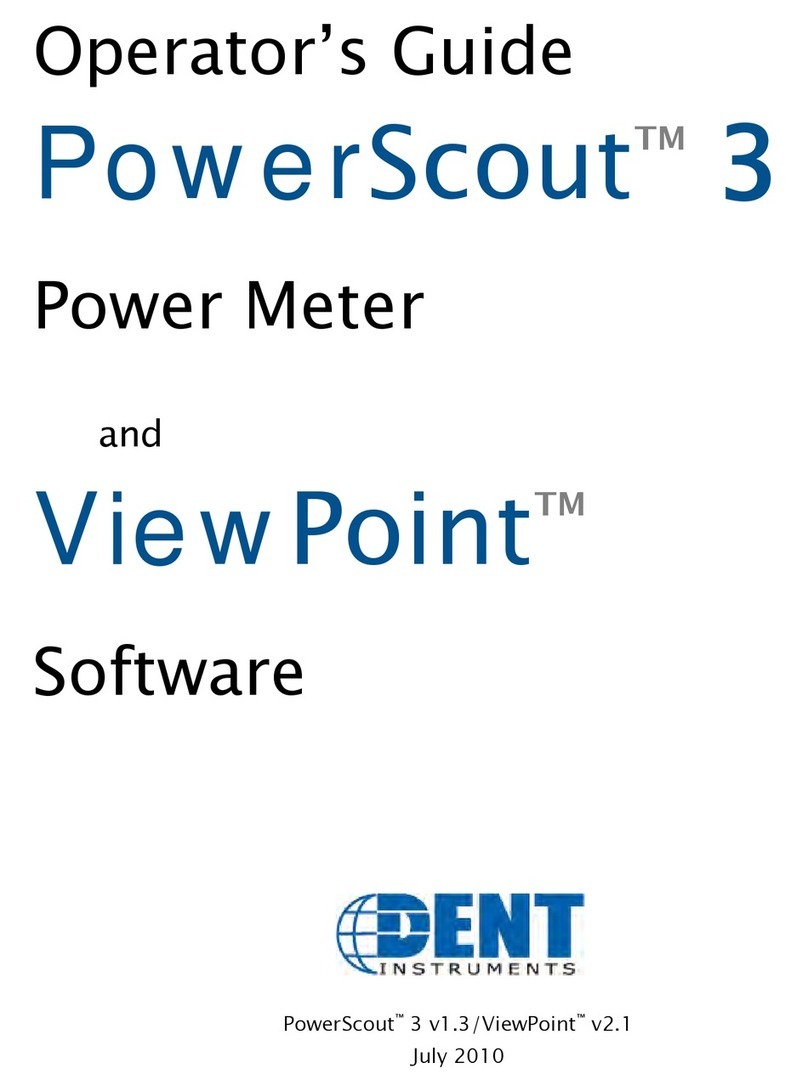
DENT Instruments
DENT Instruments PowerScout 3 Operator's guide

Futech
Futech DICE 2 manual
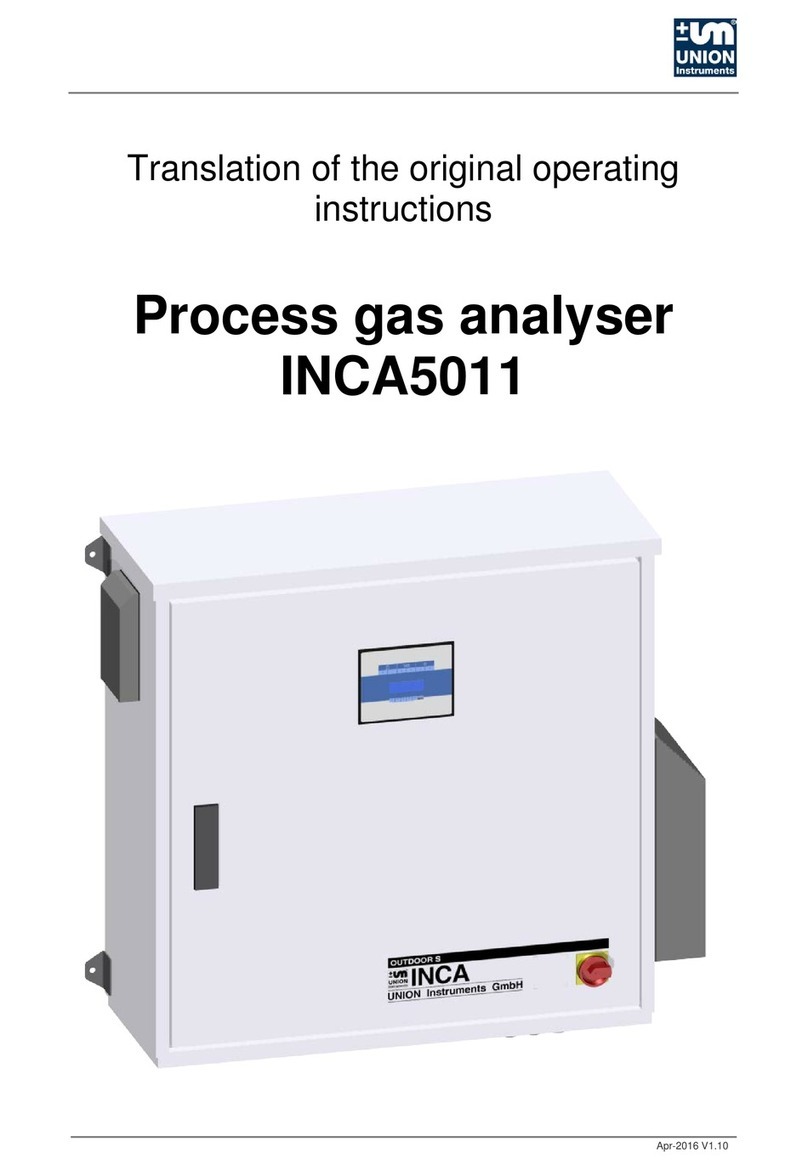
Union Instruments
Union Instruments INCA5011 Translation of the original operating instructions
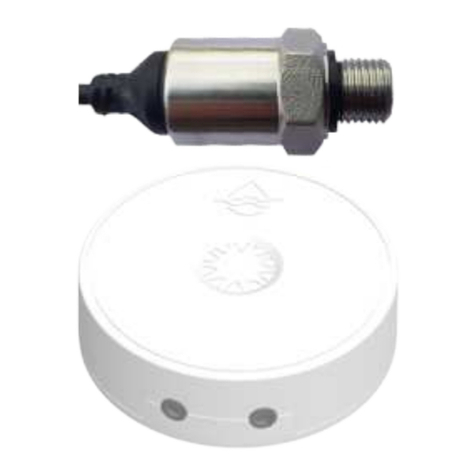
Aqua-Scope
Aqua-Scope LoRaWAN AQSLWE01 User and installation manual

Selecta
Selecta 4120823 manual

MARTINDALE
MARTINDALE VI13800 instruction manual

CHARDER MEDICAL
CHARDER MEDICAL HM80M instruction manual
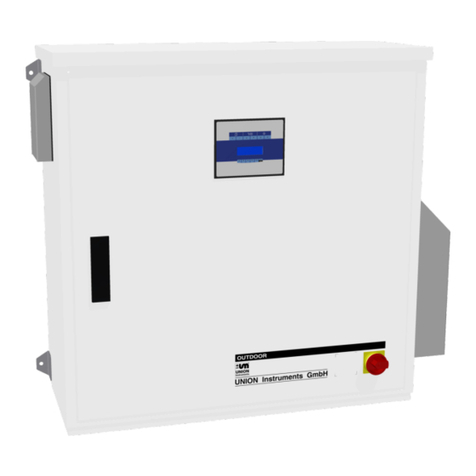
Union Instruments
Union Instruments INCA6001 Translation of the original operating instructions

Burkert
Burkert 8025 Series quick start

Macnaught
Macnaught M50 ST. STEEL SERIES instruction manual
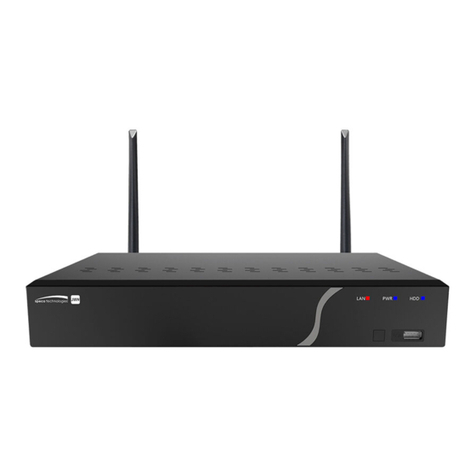
Speco
Speco ZIPK8WN2 user manual
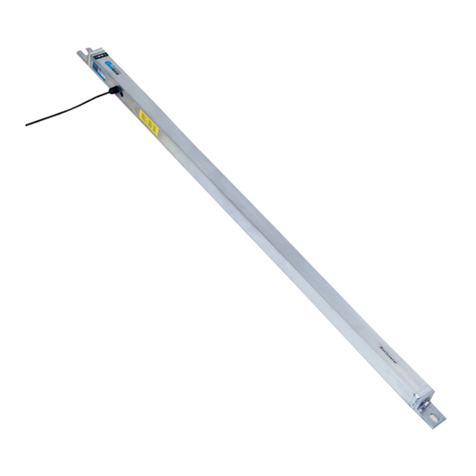
Geokon
Geokon 6165 installation instructions
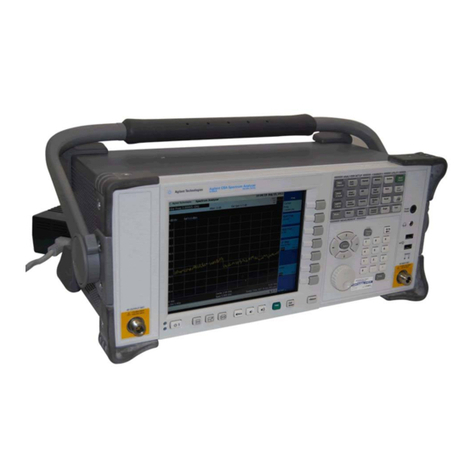
Agilent Technologies
Agilent Technologies N1996A-503 User reference
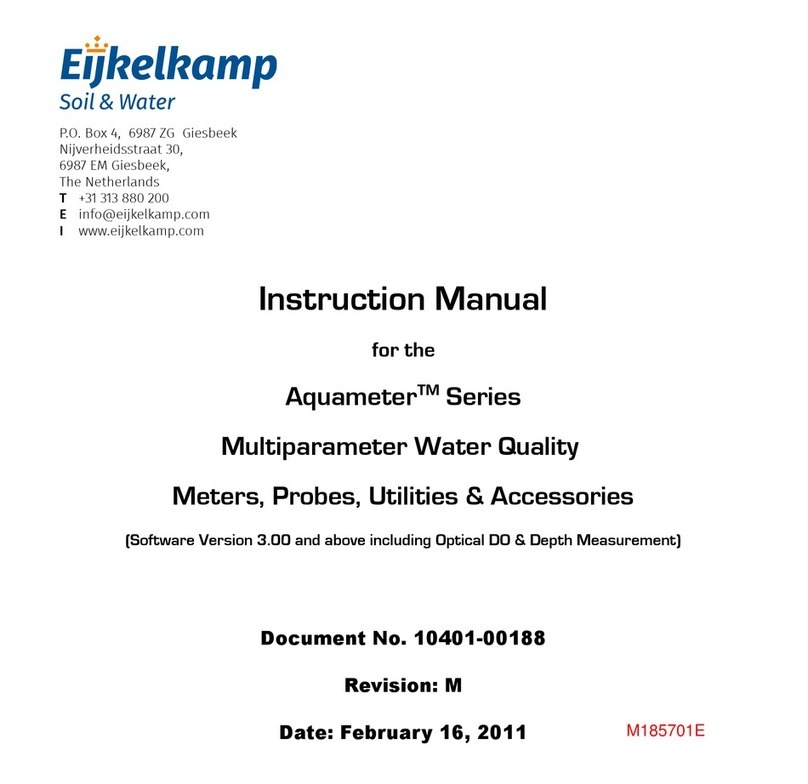
EIJKELKAMP
EIJKELKAMP Aquameter Series instruction manual

Brooks
Brooks 1250-55 Series Installation and operation manual
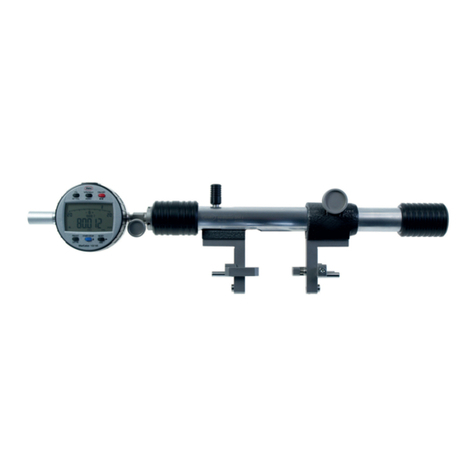
Mahr
Mahr Multimar 844 T operating instructions

PCB Piezotronics
PCB Piezotronics Platinum Swiveler 607A11/020AD Installation and operating manual

Leica
Leica Rugby 840 quick start